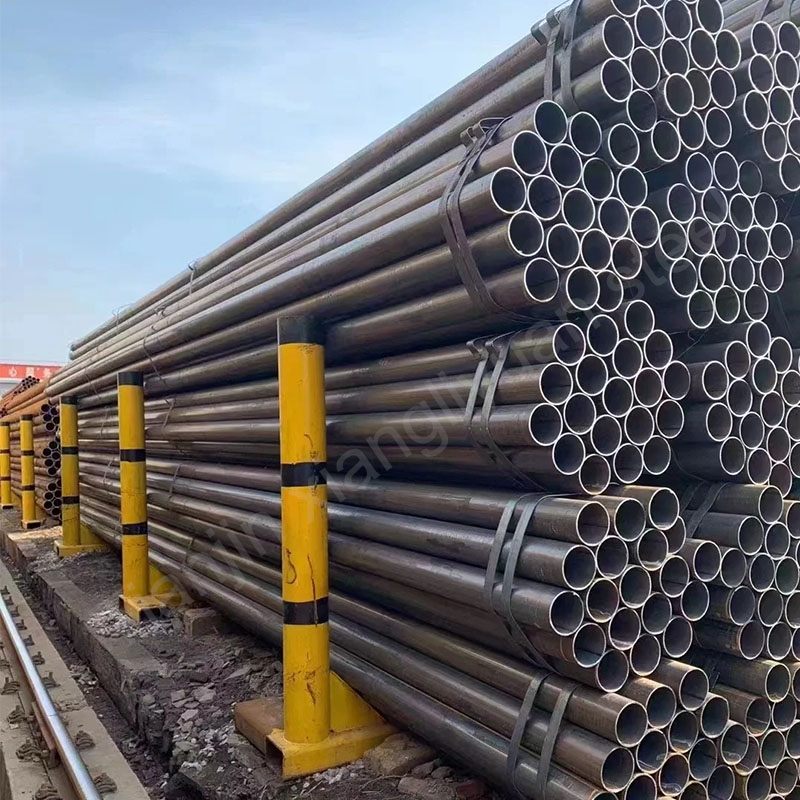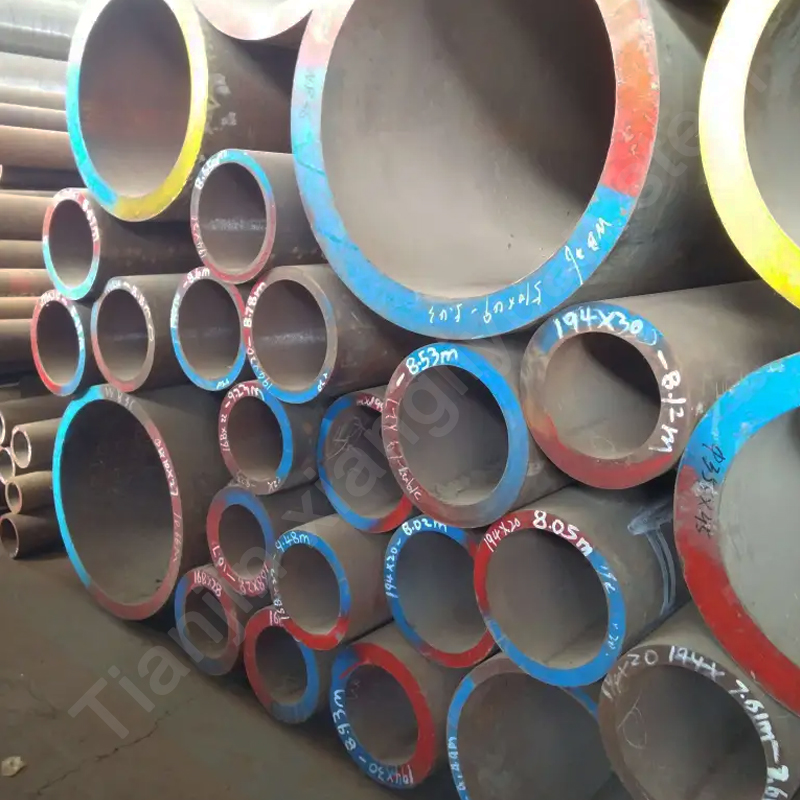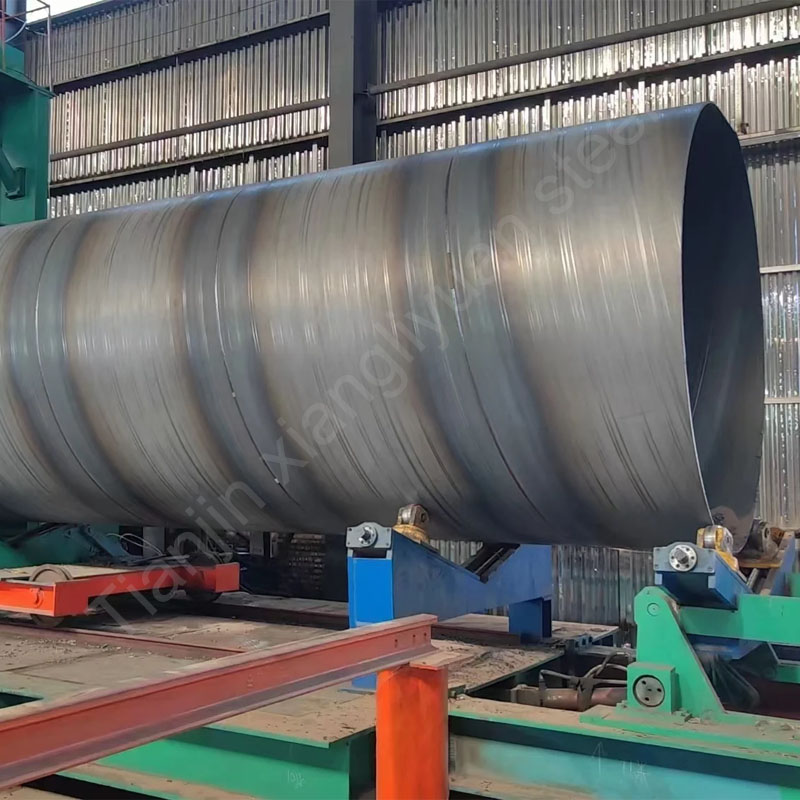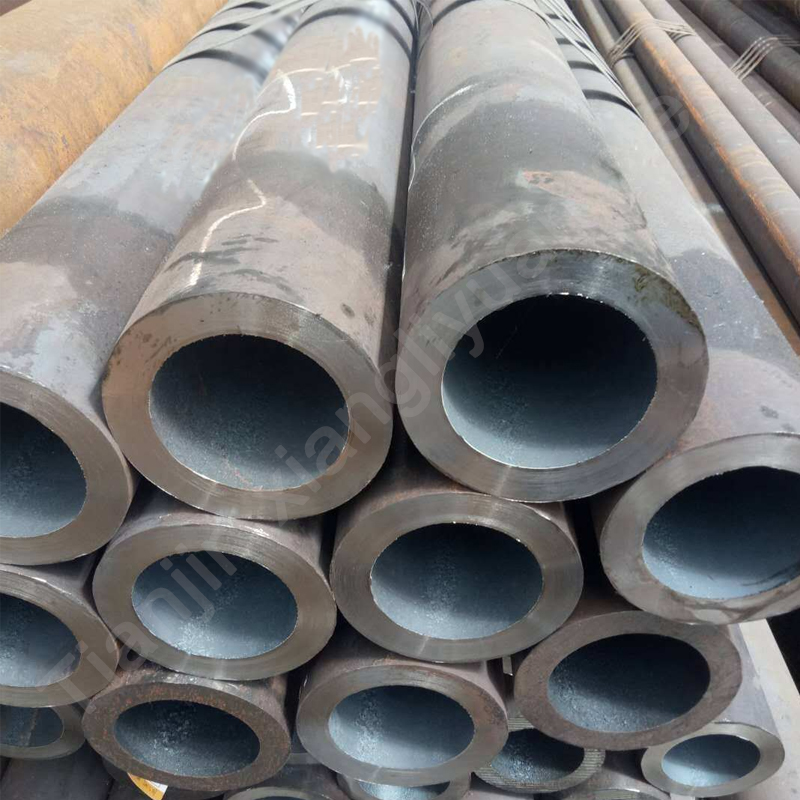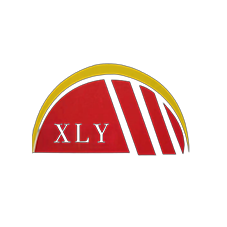As an important metal material, galvanized square tubes are widely used in construction, machinery, transportation, municipal administration and other fields due to their excellent corrosion resistance, high strength and aesthetics.
1. Material and steel grade
The base material of galvanized square tubes is mainly carbon structural steel or low alloy steel. They are formed into square tubes or rectangular tubes by cold bending and welding, and then the surface zinc layer is formed by hot dip galvanizing process.
Common steel grades:
Chinese standard: Q235 (ordinary carbon steel), Q345 (low alloy high strength steel);
International standard: ASTM A36 (American standard), S235JR/S355JR (European standard), SS400 (Japanese standard);
Special use: SPCC (cold rolled steel base material, suitable for electrogalvanizing process).
Characteristics of galvanized layer: The thickness of zinc layer is usually expressed as “Z+gram weight” (such as Z80 means 80g of zinc per square meter), and the thickness of hot dip galvanized layer can reach 60-300μm, providing long-term anti-corrosion protection.
2. Production process
The production of galvanized square tubes is divided into two stages: tube forming and galvanizing.
Tube forming:
Cold bending: The steel strip is formed into a square or rectangular cross-section through multiple roller pressing;
High-frequency welding: The weld is heated by high-frequency current to form a seamless tube body;
Finishing treatment: Remove welding slag, straighten and sizing to ensure dimensional accuracy.
Galvanizing process:
Hot-dip galvanizing: After pickling and rust removal, the tube body is immersed in molten zinc liquid (450℃) to form a metallurgical zinc layer;
Post-treatment: Passivation or oiling after cooling to enhance rust resistance;
Quality control: The integrity of the weld and the coating is detected through eddy current flaw detection, water pressure test, etc.
3. Comparison of international standards
Different countries have different technical requirements for galvanized square tubes. The main standards are as follows:
China (GB) GB/T 3091-2015 Wall thickness tolerance ≤±10%, zinc layer adhesion ≥500g/m²
USA (ASTM) ASTM A500/A53 Focus on tensile strength (≥310MPa) and ductility (elongation ≥20%)
Europe (EN) EN 10219-1/2 Strictly limit sulfur and phosphorus content (≤0.035%), and require cold bending performance
Japan (JIS) JIS G3444 The uniformity of the zinc layer is required to be high, and the corrosion resistance needs to be verified by salt spray test
IV. Conventional size specifications
Galvanized square tubes have a wide range of sizes to meet diverse needs:
Square tube: side length 20×20mm to 400×400mm, wall thickness 0.8-16mm;
Rectangular tube: common specifications such as 50×30mm, 100×50mm, wall thickness 1.0-12mm;
Length: standard fixed length 6 meters, can also be customized 3-12 meters according to demand;
Weight calculation: formula (side length × 4 ÷ 1000 × wall thickness × 7.85) × length (meter), for example, 50×50×3mm square tube weighs about 4.5kg per meter.
V. Application field
Construction engineering: beam and column frames of steel structure workshops and gymnasiums; door and window curtain wall keels, architectural decorative lines.
Machinery manufacturing: equipment racks, conveyor belt support structures; automated production line guardrails.
Transportation: truck carriage frames, ship bulkheads; subway platform ceiling brackets.
Municipal engineering: street light poles, traffic sign posts; bridge guardrails, drainage system brackets.
Agricultural facilities: greenhouse frames, livestock fences; granary ventilation ducts.
Galvanized square tubes have become an indispensable basic material for modern industry due to their high cost-effectiveness, long life (outdoor use can reach more than 30 years) and flexible processability. With the development of green buildings and intelligent manufacturing, its application scenarios will be further expanded, and the convergence of national standards will also promote efficient collaboration in the global industrial chain.


